See what we are working on
Projects
We have many exciting projects here at Mære, all with a common goal of reducing greenhouse gas emissions from agriculture.

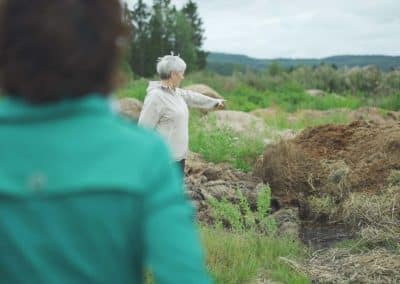
I forbindelse med forskningsprosjektet RESTORE, gjorde vi en analyse av alt av organisk avfall - eller rettere sagt ressurser - på Mære ...
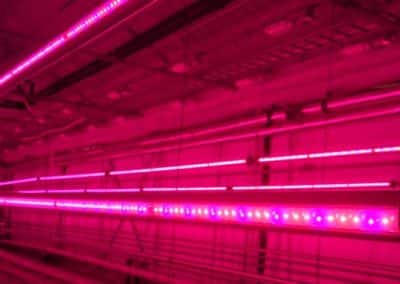
The lamp type that has so far dominated as grow lights are high-pressure sodium lamps, abbreviated HPS or SON-T. These are relatively affordable lamps with ...
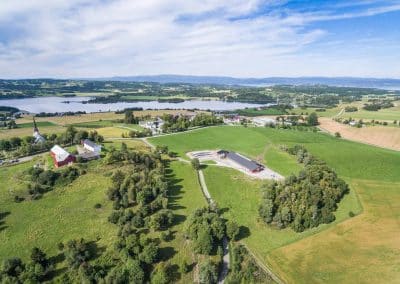
The zero emission farm is our vision. But is it possible to achieve zero emissions from a farm? At Mære and Skjetlein, we test and demonstrate new ...
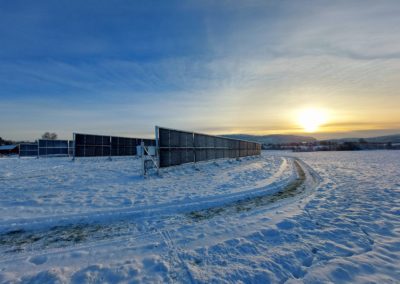
In this report, you will get an overview of what was going on under the auspices of Landbrukets climate and energy center in 2023. The center is located at Mære ...
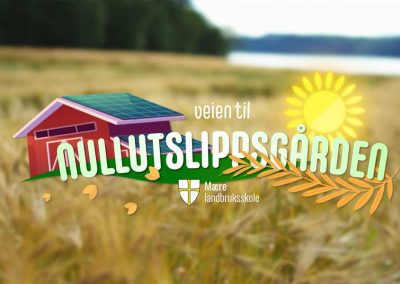
How can I as a farmer reduce climate emissions from my farm? Finding practical and profitable ways to reduce greenhouse gas emissions can be...
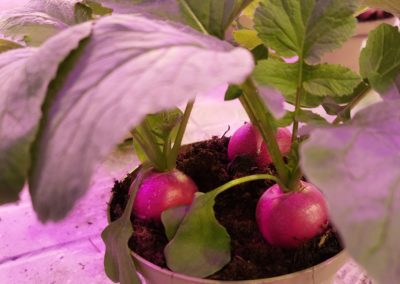
In the greenhouse at Mære agricultural school, very special radishes and spinach are harvested. The reason the radishes and spinach are special is...
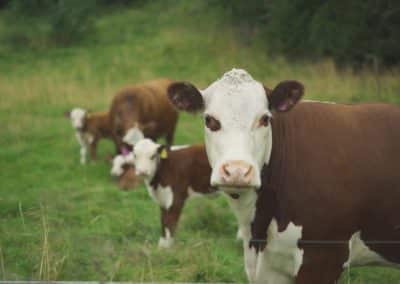
Here you can see the event "Methane inhibitors with Harald Volden and Eirik Selmer-Olsen", carried out on 1 February 2024. Organiser: gkms.no
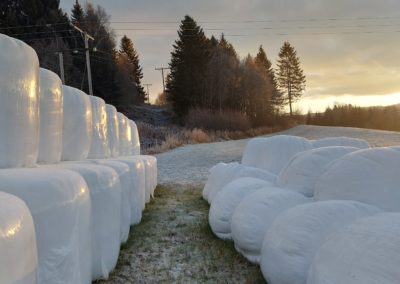
We wanted to learn more about the difference in greenhouse gas emissions between round bales and flat silos. To find answers, we asked our partner SINTEF...
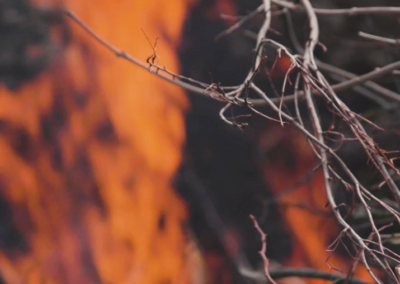
Update: Results of the experiment can be found here. At the Zero Discharge Farm, we have - like all other farms - organic waste such as...
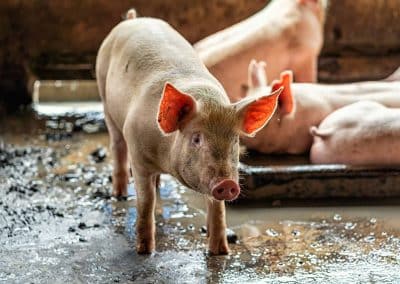
We are constantly working to reduce greenhouse gases here at the Zero Emission Farm on Mære. One of the experiments carried out in this field, ...
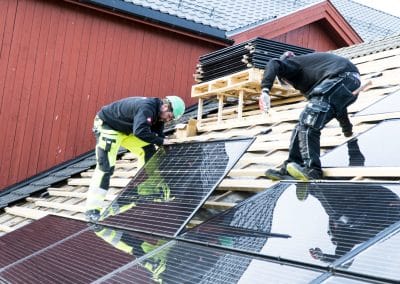
At Mære, three solar cell systems have been installed on the roof; the suckling cowshed, the dormitories and the stables. The facility at the suckling cow barn is a roof-integrated facility. ...
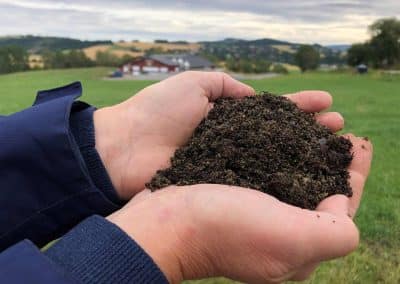
Some of the country's leading researchers on soil carbon, soil microbes and biochar were the presenters of the webinar The secrets of soil carbon - about ...
